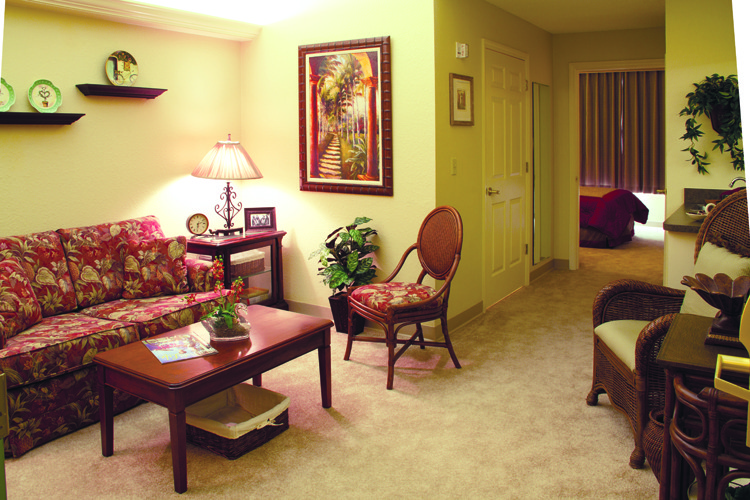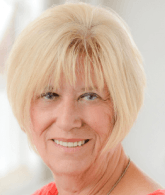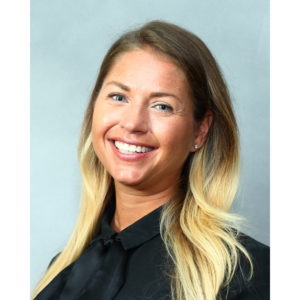From hotel to senior housing
What do you do with a great building that isn’t providing a great return on investment? Shell Point Retirement Community, a nonprofit ministry of The Christian and Missionary Alliance Foundation, Inc., faced such a dilemma last year. The organization owned and operated The Country Inn & Suites, located a mile and a half from the toll bridge to Sanibel Island and close to the nonprofit retirement campus in Ft. Myers, Fla. It was a thriving business until the tourist industry began to decline after 9/11.
Shell Point President Peter Dys notes, “It was a great idea at the wrong time. In addition to the slide in the tourist industry, other hotel competitors were building up the areas and would direct overflow customers to their other local properties, causing us to lose referrals.”
However, while the demand for hotel rooms diminished, the market for assisted living services grew as baby boomers began retiring to southwestern Florida. Although Shell Point looked at other uses for the building, it ultimately decided to tap into the increasing demand for its services and convert the building into an assisted living facility. “Moving to assisted living is a decision made by ‘choice’ versus ‘need.’ Our experience indicates that choosing to enjoy this type of lifestyle ensures longer health and independence in a setting that supports the highest quality of life possible,” explains Dys.

But it is also vitally important to provide the environment that savvy seniors demand for comfort and enjoyment. “The building had good bones,” he adds, “therefore, it was basically an indoor renovation.”
CREATING SOCIAL ZONES
The most important part of transforming the hotel into a new assisted living building—The Springs at Shell Point—was to create a full kitchen and dining venue. “Working with RDG Architects, Omaha, Neb., two existing rooms on the first floor were reconfigured as a full-service kitchen. Then, “a comfortable, yet spacious, dining area was designed as a social hub,” says Dys, who sees dining as an event, not a function. He wanted this area of the building to be a center of activity, providing fellowship and socialization in a pleasant atmosphere.
Not only will the kitchen staff prepare three daily meals, a resident will be able to request a cheeseburger or other snacks at any time of the day or night. “And to add to the sense of community, we converted two suites on the third and fourth floors into a screening room, parlor and activities area,” he explains.
COMING ‘HOME’ TO THE SPRINGS
The Springs has 105 suites of varying sizes and price points available. Access to all of Shell Point’s activities and services, such as a swimming pool, golf course, 24-hour healthcare staffing, pharmacy, physicians, skilled nursing exercise facilities, transportation and more is included.
Residents of The Springs will have free laundry facilities available on each floor. A small office on each floor will accommodate staff functions. The policy is to have LPN staffing 24/7 so if a resident needs help it is there. “Shell Point has a history of constructing and renovating assisted living facilities. We know what the market is interested in and we deliver,” Dys explains.
In addition to The Springs, Shell Point Retirement Community provides assisted living service in two other main campus buildings, which are primarily for residents who enjoy the services of Shell Point’s comprehensive lifecare program as their needs increase. “From time to time, these main campus units weren’t occupied and were made available to our residents who were not paying for comprehensive lifecare,” explains Dys.

When there were such vacancies, the units would be marketed to the public. Consequently, although these units only became available sporadically, the outside marketplace was interested in the Shell Point philosophy of quality and care.
Consequently, The Springs will be marketed to people from the Fort Myers community, rather than be dedicated to the community’s lifecare residents. Price points are based on the size and type of unit; there are no additional fees for services. The monthly fee is all-inclusive.
A survey visit from the Agency for Health Care Administration occurred at The Springs on April 2, 2012, and the final Certificate of Occupancy/License was received on April 9. The Springs is now ready to receive residents.
The permit is on the wall and marketing efforts continue. “We’ve had more than 200 people contact us and 12 have put down deposits. Several new residents have already moved their furnishings and will be moving in soon,” comments Dys.

Sandra Hoban was on I Advance Senior Care / Long-Term Living’s editorial staff for 17 years. She is one of the country’s longest-serving senior care journalists. Before joining Long-Term Living, she was a member of the promotions department at Advanstar Communications. In addition to her editorial experience, Sandi has served past roles in print and broadcast advertising as a traffic and talent coordinator.
Related Articles
Topics: Articles , Design , Executive Leadership











